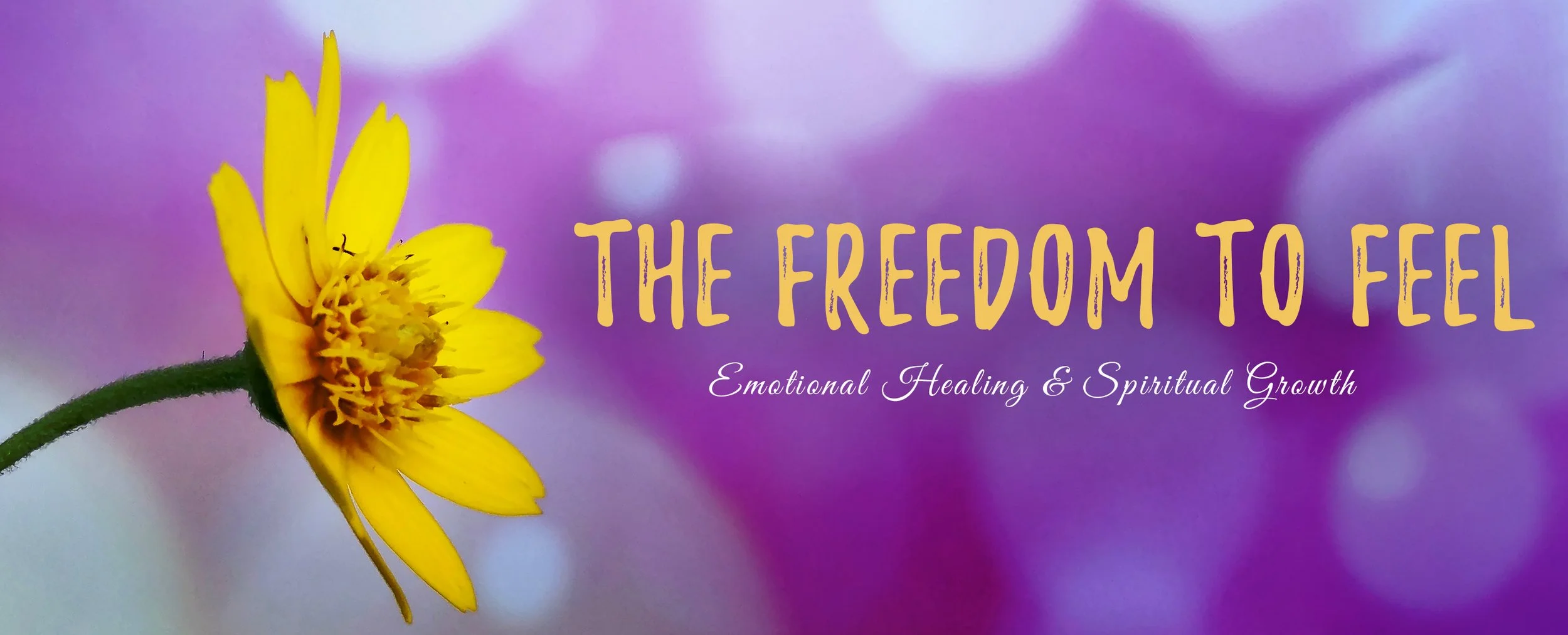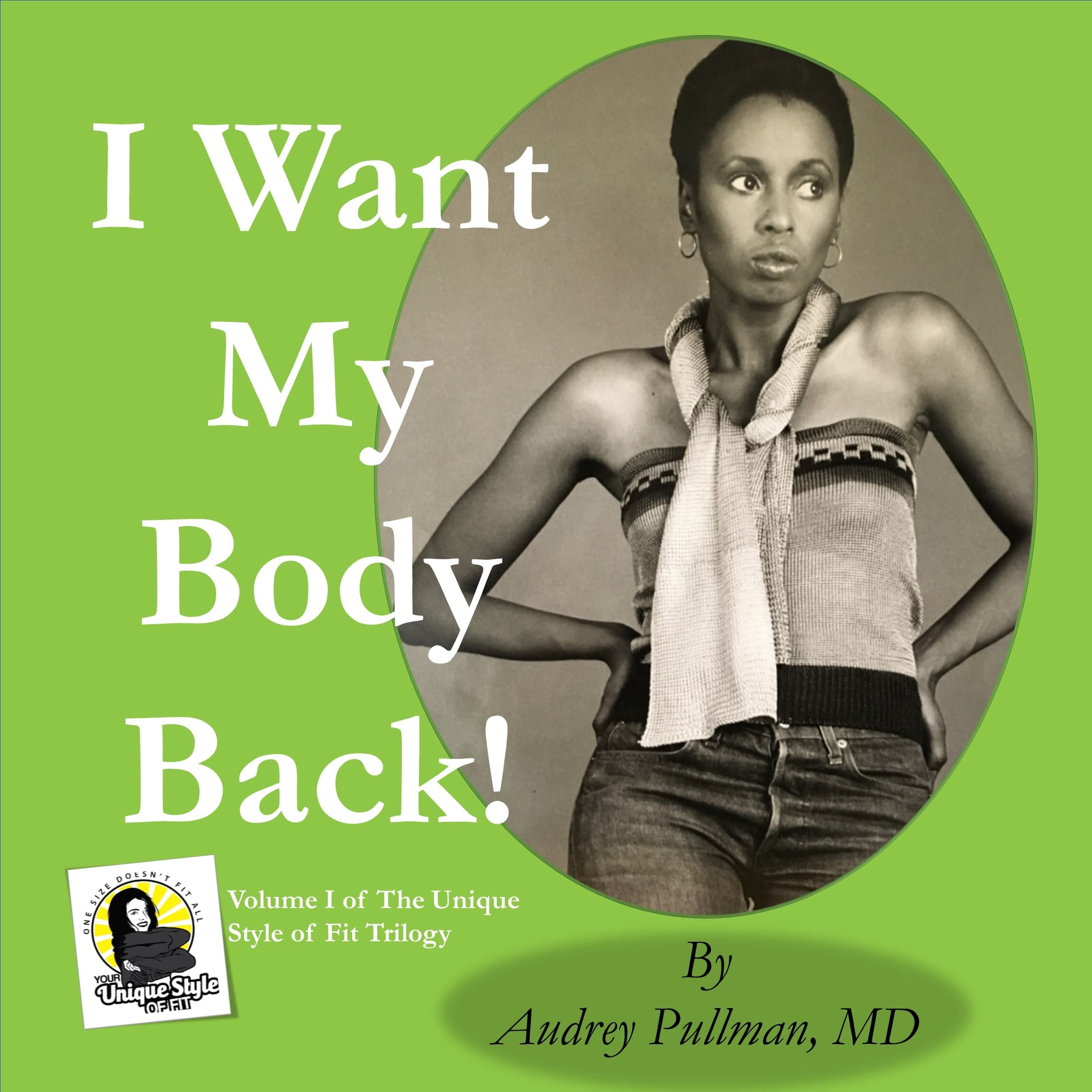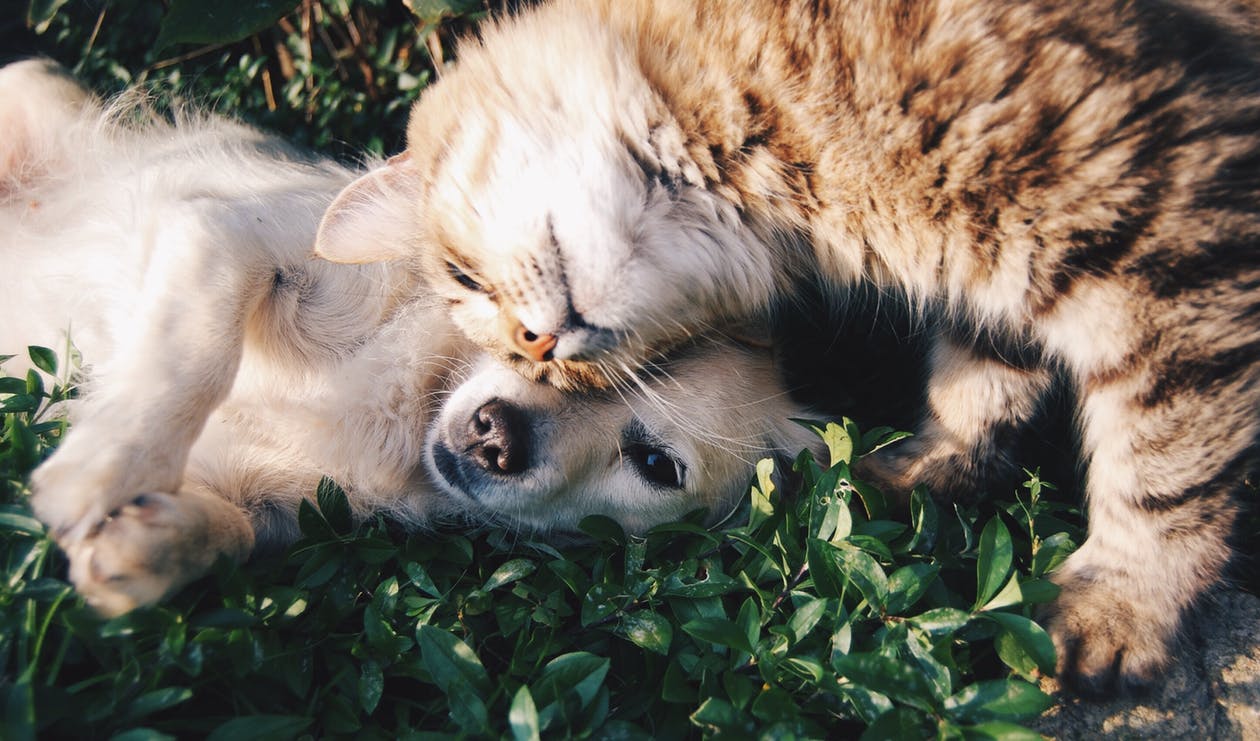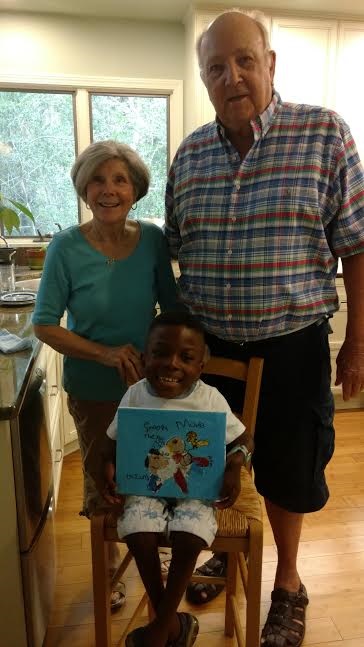I remember going through different websites, looking for a trainer that would offer a workout and a meal program. Someone I trusted or had seen before. So, there was my solution: Jillian Michaels! I had heard about her from the show The Biggest Loser and had started seeing her supplements and other products at the store. So, I thought I'd give her a shot.
She had everything I needed on her website. An app that would help me download the workout schedule and programs, as well as the recipes to eat healthy and be in the best shape of my life. I have to admit, at the beginning it was daunting! I started off by throwing away all the junk food I had in my kitchen cabinets and fridge. Then, I restocked on the ingredients I would need for my healthy meals.
I was pretty consistent and disciplined with the meal plan and workout program Jillian had chosen for me and had started to notice positive changes. I also incorporated yoga and running into my workout program.
The last thing I added to my already-dialed-in-new-lifestyle was supplements such as multi-vitamins made from foods and not synthetics, organic protein powders and fat burners. It was these last ones that took my metabolism out of whack. The results were ugly: Insomnia and Amenorrhea. I was not dying, but I was sending my body the signal that I was. So, what did I do? I looked for help. I wanted to treat my insomnia first, so, I went to different doctors and they all told me to take melatonin and relax. They did some thyroid testing on me and it all came back fine. So, they assumed it was all in my head. I tried getting a different opinion from another doctor, but I was told the same thing. This time, though, I was sent back home with a benzodiazepine. Pretty much, a drug that would make me unconscious so I could "sleep". I had to taper to get off this medication once I was able to "sleep" again. My insomnia got "fixed" after a month of sleeping only 2-5 hours per night. The only thing that didn't get fixed was my amenorrhea. It took me 5 years to get that fixed. And, along those 5 years, I experienced some more insomnia.
It was then that I started looking for more experts in the Eastern/Functional medicine atmosphere and, only then, was I able to understand what was going on with me and how I could fix myself. I learned that what I ate would impact my sleep cycle and overall metabolism. And, I learned that carbs were not the enemy, that the good kind were actually needed by our bodies to create some hormones as well as the oh-so-feared-and-hated fat!
My fat journey started with Dave Asprey, then continued not only with him but with Dr. Joseph Mercola, Robb Wolf, Dr. Sarah Ballentyne and Dr. David Perlmutter. Most of these experts always followed a principle: Eat whole, gluten-free foods and listen to your body. That's what I had been missing for years: Listening to my body! We lack that mind-body connection that is so needed in order to be in harmony with our bodies, relationships and overall life. After cracking the code for what works for my body and what makes my metabolism happy, I knew I had to visit my demons and start working on my psychology and spirituality... And so, I started my meditation journey, which took me to places I never thought it would....
This article was written by Michelle Schacherer
Click HERE to Learn more about Michelle’s work.
WEBSITE: http://mschacherercrossfitter.blogspot.com























